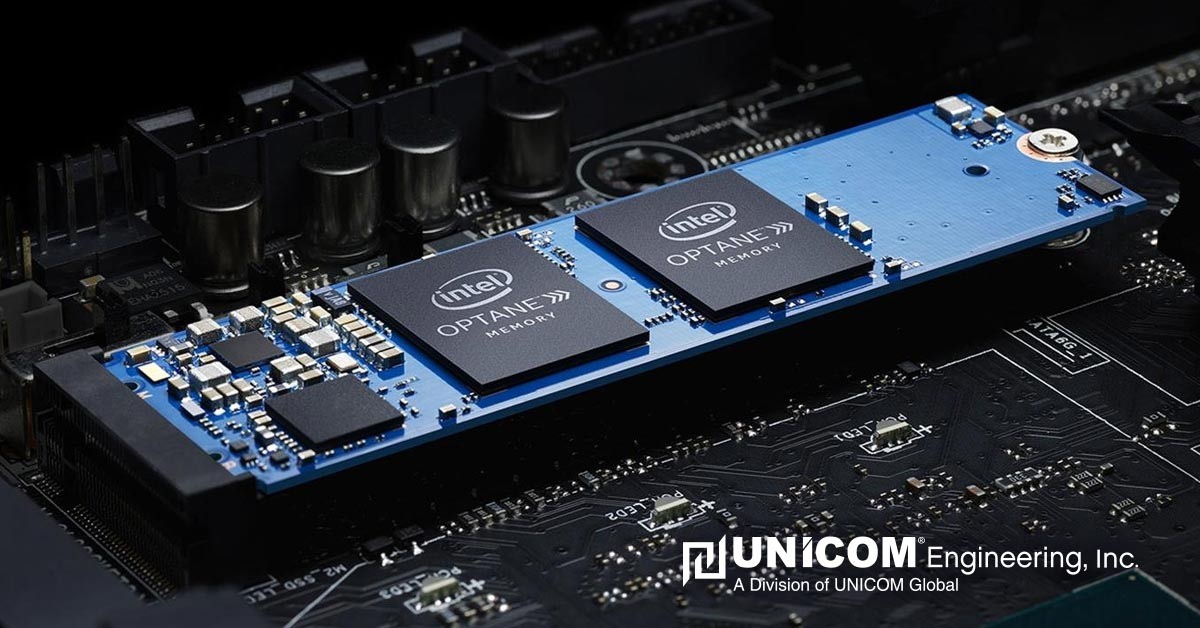The challenge is real! The more you grow your client base, the greater the demands placed on your application and infrastructure. And even though you want your customers to consider your application mission-critical, the more they do, the more they expect. As a result, yesterday's performance is often not acceptable today.
While cloud and edge architectures and CPU processing speed are all critical to the application performance puzzle, there's another piece we can't afford to forget: memory. Among the many ways to power up your infrastructure, it's frequently the most overlooked. After all, even the best processors can only crunch the data available to them in memory.
Unfortunately, until now, CPUs within servers have had to rely either on flash memory, disk storage, and DRAM—all of which can be slow to access or volatile. However powerful, these processors can only work data according to the speed it loads into the cache memory. Persistent memory solves this problem by allowing more data to be stored and retrieved for caching; no loading is required.
But what does this mean for your infrastructure and your application as a whole? In their 2020 Server Trends and Observations Brief, Dell Technologies' experts said it's time for persistent memory to become the norm. And why not? Here are five ways that persistent memory, offered on chips like Intel Optane DC Persistent Memory, stands to make applications better than ever.
1. Cybersecurity and Fraud Detection
If your application works with sensitive data (i.e., financial or health information), it, unfortunately, has the potential to be hacked. The challenge has been addressing such threats. Sadly, if a customer is hacked while using your application, they may place the blame on you.
Fortunately, Optane Persistent Memory chips offer built-in memory encryption to protect all of your data. Additionally, by increasing throughput and lowering data transfer latency, persistent memory can enable better security software. The latest processing-enabled security applications can recognize the patterns criminals leave and alert users before it's too late.
2. Mass Personalization
Users expect your application to be secure, but they also expect it to cater to their needs. It's still vital for users to learn critical applications. However, today's applications must learn to accommodate each unique user as well. Business customers especially need to achieve more and more in less time with the applications they use. For that, they expect to get to their favorite screens and frequently used data as quickly as possible.
The massive amount of processing required held applications back from getting too customizable. However, with its increased data throughput and lower latency, persistent memory can enable your application to be more personalized than ever.
3. A Consistent User Experience
In years past, maintaining uptime was a challenge for companies large and small. Today's persistent memory can keep data safe and accessible, even in the event of an outage. Therefore, power loss does not have to mean data loss. How? Persistent memory delivers data to the CPU at near-instant speeds, preventing delays due to data restoration.
4. Quicker Financial Transactions
If your application works with financial markets, it likely needs to receive, process, and send the data as quickly as possible. Especially in today's stock market, nanoseconds can make the difference between profit and loss, making the speed of execution all-important.
By giving your servers access to data in real-time, Optane Persistent Memory chips can process more transactions faster. Again, the lower latency and throughput of persistent memory make it all possible. In other words, the more data you can put at the fingertips of your servers, the more work they can get done, allowing your application to beat out your competitors to the benefit of your customers.
5. Capacity for More Devices
And not only are customers relying on their applications to work quickly, but they're also expecting to access them from more devices than ever. And we're not just talking about phones or tablets either. Today's medical professionals and their patients rely on more and more intelligent, internet-connected devices within hospitals and in the home. Some of these diagnostic or monitoring tools are, as you can guess, a matter of life and death.
Thanks to the increased performance of persistent memory, your applications have the power to handle the deluge of data that can come from an ever-growing list of devices. When your servers can process more data, they're better able to talk to more devices at once. Therefore, you can extend mobile access to more of your application's features than ever.
Maximize Intel Optane's Potential with the Right Partner
Intel® Optane™ DC Persistent Memory has demonstrated the ability to boost the efficiency of your application significantly. Its persistence, capacity, and cost provide Optane with the potential for transforming the operation of a data-rich environment. As an Intel Technology Provider and Dell Technologies OEM Solutions Titanium Partner, UNICOM Engineering has been driving seamless transitions with our partners for decades. Learn more about how UNICOM Engineering can help you transition to next-generation technologies like Intel® Optane™ DC Persistent Memory. Contact us for more information by visiting our website and scheduling a consultation.
